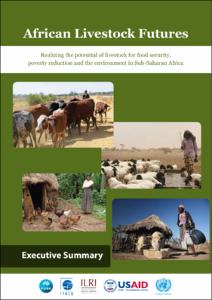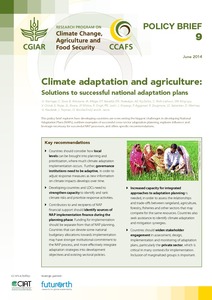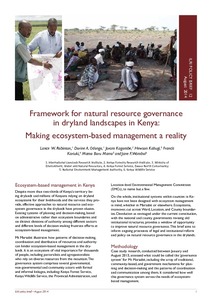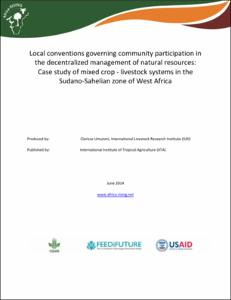Agrosilvopastoral Systems in Northern Thailand and Northern Laos: Minority Peoples’ Knowledge versus Government Policy
Traditional agrosilvopastoral systems have been an important component of the farming systems and livelihoods of thousands of ethnic minority people in the uplands of Mainland Southeast Asia. Drawing on a combination of qualitative and participatory inquiries in nine ethnic minority communities, this study emphasizes the complex articulation of local farmers’ knowledge which has been so far excluded from governmental development and conservation policies in the northern uplands of Thailand and Laos.











